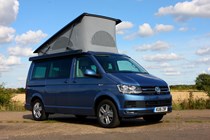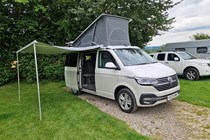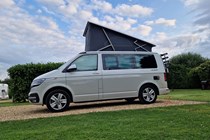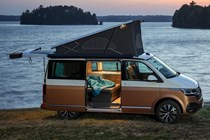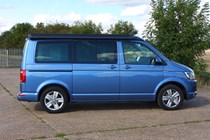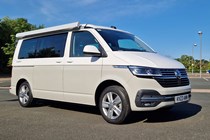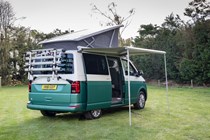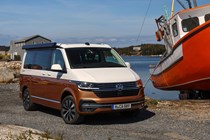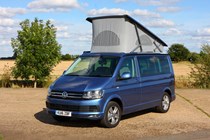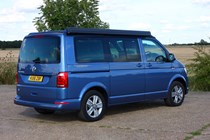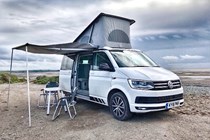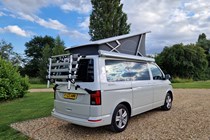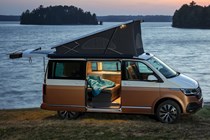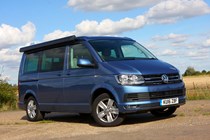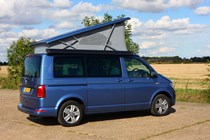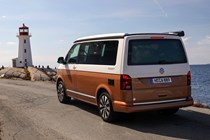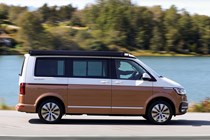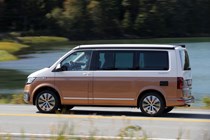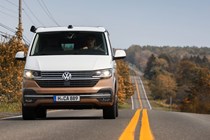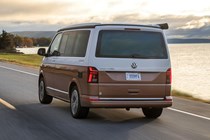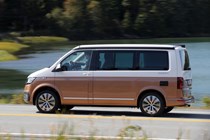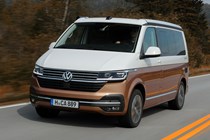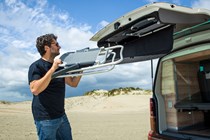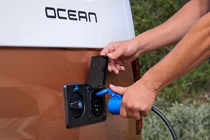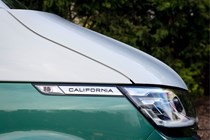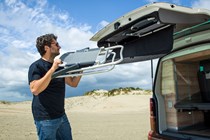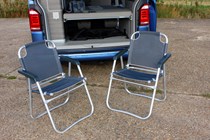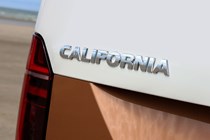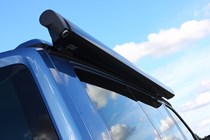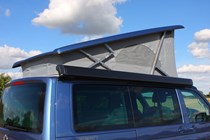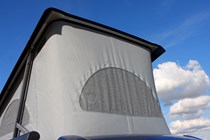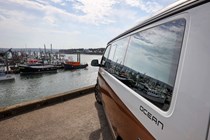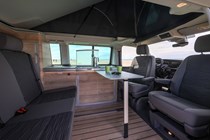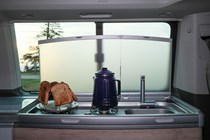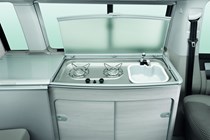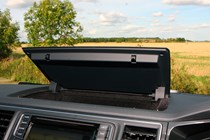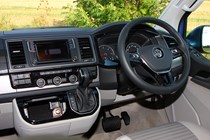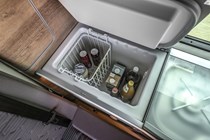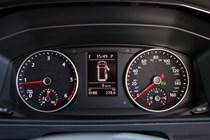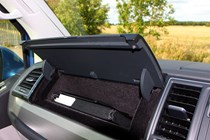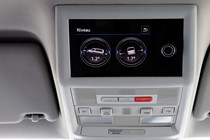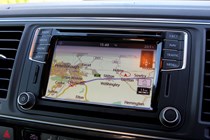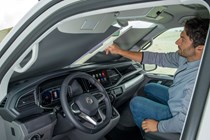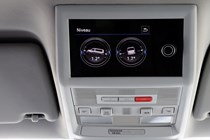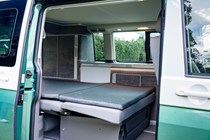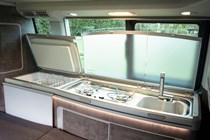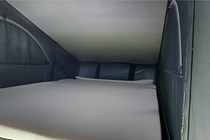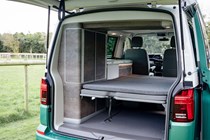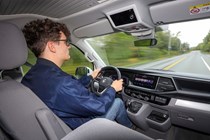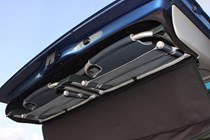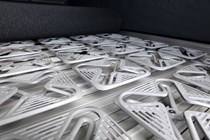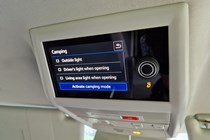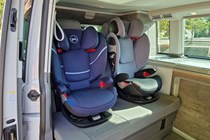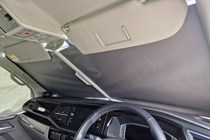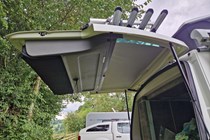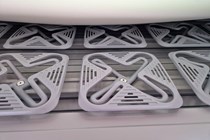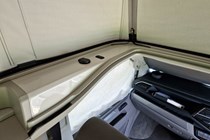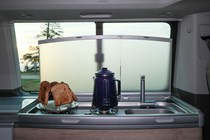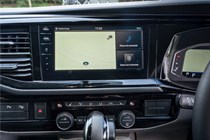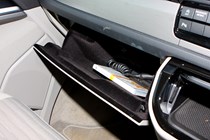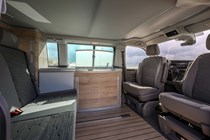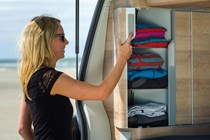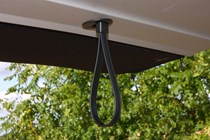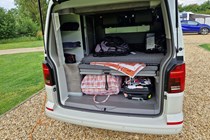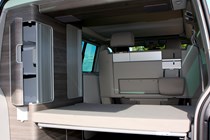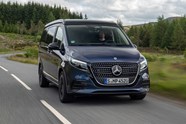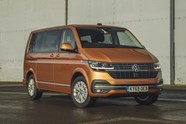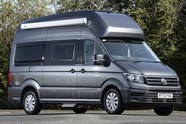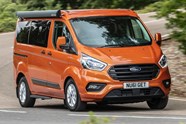
Volkswagen California Estate (2015-2024) review
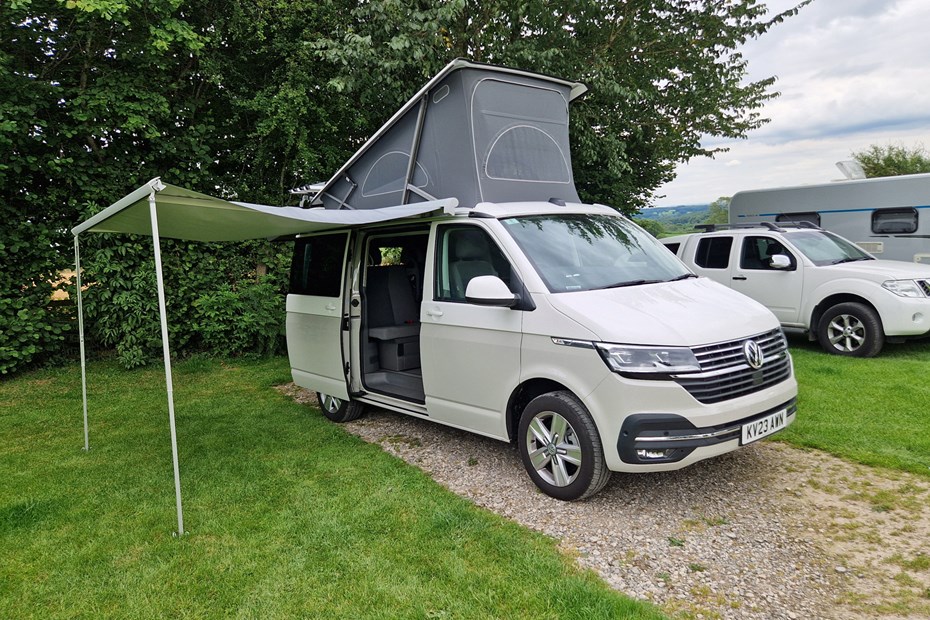
At a glance
| Price new | £41,131 - £80,863 |
|---|---|
| Used prices | £21,892 - £71,390 |
| Road tax cost | £265 - £620 |
| Insurance group | 20 - 39 |
Get an insurance quote with

|
|
| Fuel economy | 27.4 - 35.8 mpg |
| Range | 510 - 774 miles |
| Miles per pound | 3.5 - 4.6 |
| Number of doors | 4 - 5 |
| View full specs for a specific version | |
Available fuel types
Petrol
Diesel
Pros & cons
- Stunning piece of product design
- Comfortable and easy to drive
- Lots of clever packaging and storage
- Not cheap – but still good value
- Unsurprisingly not that nimble to drive
- Limited engine range
Volkswagen California (15-24) rivals
Overview
Volkswagen has been selling campervans for more than 60 years, with the VW California name leading the way for over a quarter of a century. This sixth-generation model – known as the T6 – arrived 2015, and was then substantially facelifted in 2019, bring improvements in a number of areas that boost practicality, comfort and safety, making the ‘6.1’ version an even more desirable machine. We’ve tested a variety of different versions since its introduction, with a final drive in July 2024 including camping in two separate locations (to test both beds) and use as family transport for two small children.
It has now been replaced by an all-new model – you can read our VW T7 California review on a separate page.
At a crude level, the Volkswagen California is simply a very clever conversion of the equivalent VW Transporter van. But as with the related Caravelle MPV (which has now been replaced by the VW Multivan), the fit and finish goes beyond what you’d expect to find in a working van. Not least because Volkswagen carries out all of the design and conversion work in-house at its own factory, rather than outsourcing elements of the camper’s construction as Mercedes-Benz does with its rival V-Class Marco Polo and Ford does with the Transit Custom Nugget.
As a result of this and its years of evolutionary development, the California is an exceedingly smart piece of design. It’s not hard to understand how they’ve come to command such a cult following. If you’re planning to buy one of these, prepare to get used to compliments – as in our experience of using them, even hardened camping enthusiasts find it difficult not to express their admiration when you arrive on site.
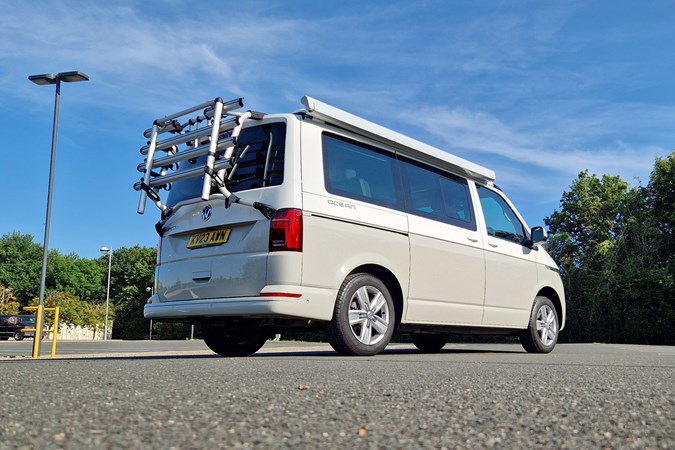
And while Volkswagen’s price certainly isn’t cheap, the in-house engineering effort allows the German firm to pull off tricks such as hiding a pair of outdoor chairs in the tailgate, with the corresponding table disguised as an interior panel for the sliding door. The Marco Polo is even more expensive, and not always as clever.
What changed for the 2019 California 6.1 facelift?
For 2019, the California received a sharp new exterior look, a more car-like dashboard with VW’s latest infotainment and even more practical storage solutions, plus a host of improvements to the living quarters.
The previous wooden slats for the roof-top bed were replaced by individual plastic coil springs for greater comfort. Darker material was added for the pop-up roof’s panels to improve top-side sleeping and nicer details including aluminium cupboard handles and better catches for the work surfaces were installed.
2020 and 2023 VW California trim updates
VW re-introduced new, lower-priced Beach models to the California range in 2020 – a reaction to increased interest in campervans during the COVID-19 Coronavirus pandemic. The California Beach came in two versions: Tour and Camper. Both have the ability to carry more people than the standard California but to do this they put aside some of the clever kitchen solutions.
Then in 2023 Volkswagen brought in the California Surf, which sits in between the Beach Tour and Ocean and adds a little more to the kitchen than the lower Beach trims.
A brief history of the T6 California – engines and trim levels
The California covered by this review first went on sale in the UK in August 2015, known by enthusiasts as the T6 (hence the facelift being known as the T6.1, subsequently shortened to just 6.1 for the camper), and shares many fundamental components with the preceding T5 model.
At launch there were three 2.0-litre TDI turbodiesel engines to choose from, offering 102hp, 150hp and 204hp; the 102hp engine was soon dropped due to lack of interest, while in July 2017 a pair of TSI turbo petrol engines with 150hp and 204hp were briefly added to the range before being discontinued about nine months later.
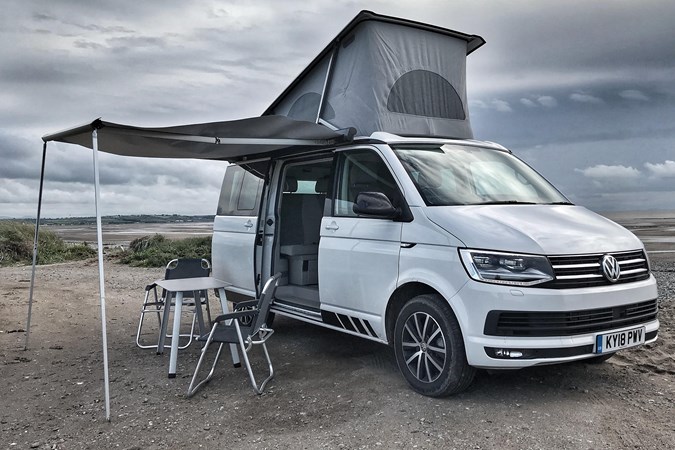
Around this time the diesel engines were updated to meet the latest emissions regulations – and while the 150hp version maintained its power output, the range-topping alternative was reduced to 199hp for a short period before the full 204hp rating was restored. You’re unlikely to notice any difference when driving.
While all of the newer California 6.1 models get a seven-speed DSG as standard, originally this was an optional upgraded over a default six-speed manual gearbox. The majority of Californias are front-wheel drive, but the Ocean is available with 4Motion four-wheel drive if you’re really worried about getting stuck in a muddy field. For regular driving we’ve always found the front-wheel drive version fine.
Beach variants can carry up to seven passengers (with the right seating options), but unless you’re very friendly the California only sleeps four – two downstairs with the rear bench seat converted into two-berth bed, and two upstairs on the roof beneath the pop-up canopy.
VW California rivals
There are a vast number of similarly sized third-party campervan conversions available, many of which are based on the Volkswagen Transporter van. Few match the California for quality of finish and cleverness of design, though.
Manufacturer-built rivals are few are far between, with only the Mercedes-Benz Marco Polo and Ford Transit Custom Nugget really competing in the same market. The Marco Polo is an exceptionally high quality offering, and worth considering if you can afford the price difference. The Nugget stands apart with a different interior layout that places the kitchen at the back of the campervan, where you’ll also find a ladder to access the top sleeping area. In the VW and the Mercedes you have to climb the front seats to access the roof space, but at least you won’t be bothered by the weather during these gymnastics.
Then there’s California’s bigger (but younger) brother, the Grand California. Launched in 2019 based on the VW Crafter large van, this includes a built-in bathroom. It’s vast, so less easy to park but not as much more expensive as you might initially think, and definitely worth considering. A smaller Caddy California is also available, but lacks the all-round versatility.
Over the next few pages we’ll take you through everything you need to know about the VW California, based on our extensive amount of experience driving and camping in it both in the UK and overseas. We’ll cover the driving experience, the interior quality, the comfort and the running costs before delivering our final verdict. Keep reading.



